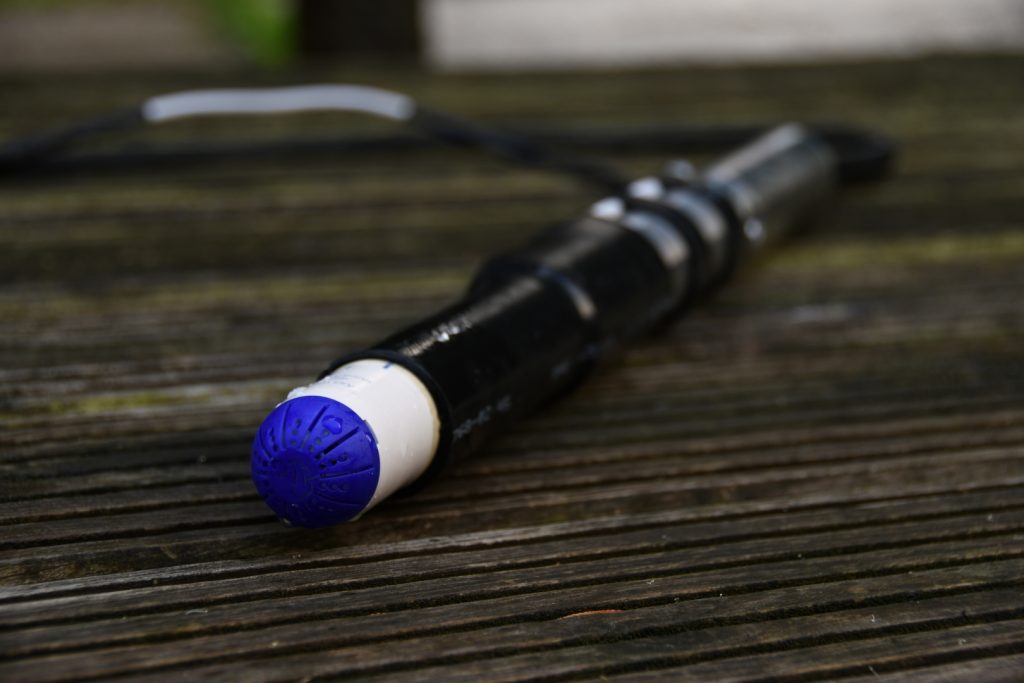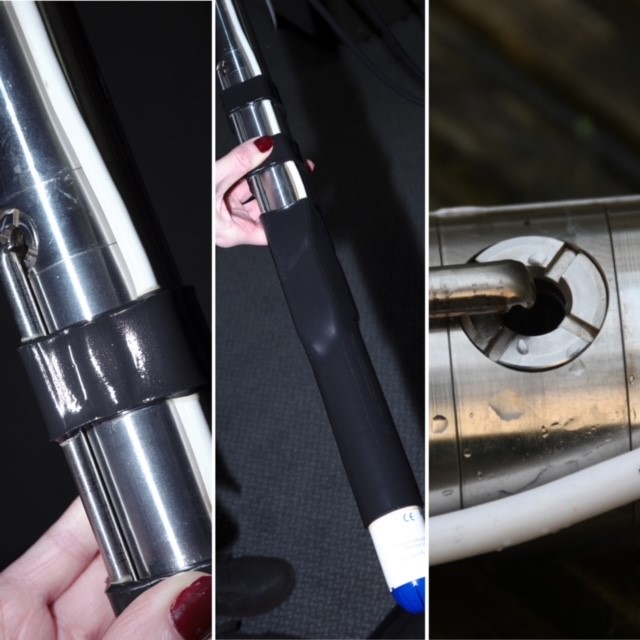
Van Walt's Nitrate Sensor from Hydrometrics


Van Walt's Nitrate Sensor from Hydrometrics
June 20, 2023
The interest in Nitrates is nothing new. One way or another we have been measuring them for half a century.
One way to measure them is by means of an Ion Selective Electrode (ISE). The NO3– ion electrode is a selective sensor that develops a potential across a thin, porous, inert membrane that holds in place a water-immiscible liquid ion exchanger.
In a laboratory environment these ISE’s have been performing quite adequately as long as they were calibrated regularly and as long as they were not subjected to other elements or compounds (such as Chlorides) which could “poison” them.
In the last decade there was an exponentially growing interest in measuring Nitrates in the field.
Nitrates are compounds made up of Nitrogen and Oxygen. Nitrogen is a major nutrient for all plants and it has historically been applied as a fertiliser; either as farmyard manure of as an inorganic fertiliser such as Ammonium, Calcium or Potassium Nitrate.
Nitrates are highly soluble in water and consequently they leach readily and find their way in watercourses via streams into rivers or in groundwater. Their environmental impact on humans or more generally to the ecology have made them an item of great interest.
In the absence of better solutions, manufacturers started offering Nitrate Ion Sensitive Electrodes for direct measurement of water in the field. In principle this was and still is fine for short term monitoring.
More recently, perhaps in the last decade, the desire grew for more permanent installations which could monitor, in more or less real time, the status of Nitrates in the watercourses or groundwater. This is when the disadvantages of the ISE became apparent: Drift or instability over a short period of time or malfunction due to a “poisoning” of the electrode due to other elements or compounds present in the water.
In a major research study in New Zealand some 10 years ago, it was suggested that an ISE would start degrading data after 5-6 days. A frequent recalibration needed to be factored in and furthermore, malfunctions due to poisoning would not be covered under the normal manufacturer’s warranty provisions. It must be noted here that whereas ISEs are certainly cheaper than spectral analysers, they are still not that cheap and when regular replacement costs are factored in (not to talk about the costs of data loss) it would be fair to state that over a medium-term monitoring project the spectral analyser would be the most cost-effective choice.
A better way to measure Nitrates in the field is using spectrophotometers. Until recently these were big, power hungry and very expensive units; impractical and not at all field robust.
The accelerated development of electronics and miniaturisation became available, and many manufacturers started developing Nitrate Sensors for field use based on UV spectrophotometry: Trios, Hach, Xylem, Hydrometrics to name but a few.

This technology is extremely complex and an explanation is beyond the scope of this historical introduction, but the salient points are that this technology, whereas still not completely perfect in that it may not work adequately in all water matrices, allows for relatively well priced field-robust devices which can measure Nitrates with accuracy and good long-term stability.
In the absence of this newer technology longer term monitoring was not a practical option. Now it certainly is. Nitrate ISE are still available and certainly do have a place but they are only suitable for short-term monitoring of Nitrates.
In a following article we will discuss the application advantages (and limitations) for a single or dual-point spectrum Nitrate sensor such as that manufactured by Hydrometrics.
Vincent van Walt
Haslemere, June 2023
We need to make clear, that at the time of writing, there are no ISO or EN standards which deal with the sampling of groundwater for PFAS.
Read MoreEnvironmental monitoring has developed considerably over the years. From the time when a consultant went out monthly or quarterly with a dip tape to monitor the groundwater level in a borehole, wind forward...
Read MoreA client recently contacted me to ask if we can repair their high flow purge pump and or sell then a new one. They were using it for (among other applications) to purge a 70m deep bore 3 times for a...
Read MoreA small selection of our environmental equipment